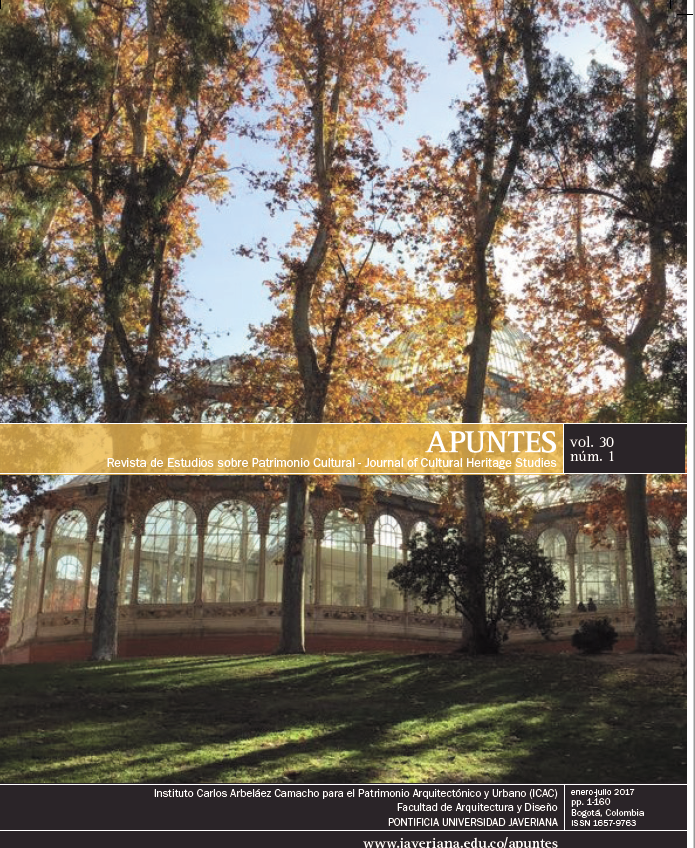Abstract
The historical contents of a territory are revealed in the cultural landscape. This refers to the process of symbolic transformation that can be read through the spatial footprints, which are no different than the action of culture with a place. In this sense, the reading of Santa Fe de Antioquia through a series of 10 landscapes aims to highlight and reveal the aspects of materiality and immateriality related to the identity of the territory through the physical-spatial and landscape values in its journey through time. Based on the surveying of new maps, theoretical-practical links are established between the historical, aesthetic, physical, and symbolic processes, contrasted with the transforming agents of the economic model (discourse of competitiveness, the tourism industry, and real estate pressure). These maps combine the reading and analysis of cartography and strategic and regulatory documents, with choreography and historicalliterary- pictorial narrative in a multivariate and multi-temporal analysis. This descriptive, interpretative, and proactive methodology approaches the physical reading of the meeting points of the environment, the urban, and the historical center as culturally determining elements in the landscape, which in this case study, point to its impoverishment
Apuntes is registered under a Creative Commons Attribution 4.0 International Public License. Thus, this work may be reproduced, distributed, and publicly shared in digital format, as long as the names of the authors and Pontificia Universidad Javeriana are acknowledged. Others are allowed to quote, adapt, transform, auto-archive, republish, and create based on this material, for any purpose (even commercial ones), provided the authorship is duly acknowledged, a link to the original work is provided, and it is specified if changes have been made. Pontificia Universidad Javeriana does not hold the rights of published works and the authors are solely responsible for the contents of their works; they keep the moral, intellectual, privacy, and publicity rights.
Approving the intervention of the work (review, copy-editing, translation, layout) and the following outreach, are granted through an use license and not through an assignment of rights. This means the journal and Pontificia Universidad Javeriana cannot be held responsible for any ethical malpractice by the authors. As a consequence of the protection granted by the use license, the journal is not required to publish recantations or modify information already published, unless the errata stems from the editorial management process. Publishing contents in this journal does not generate royalties for contributors.


